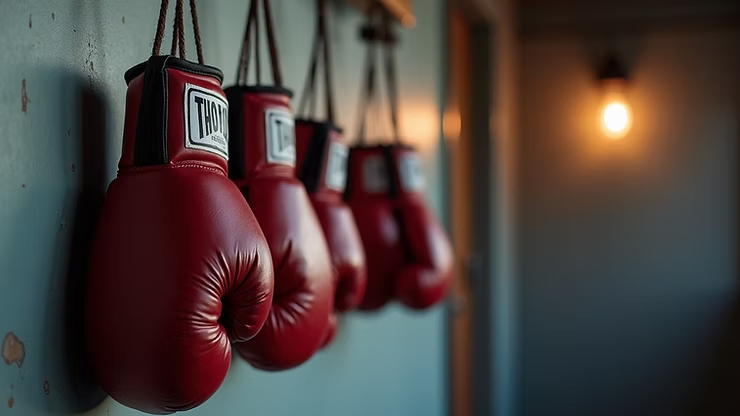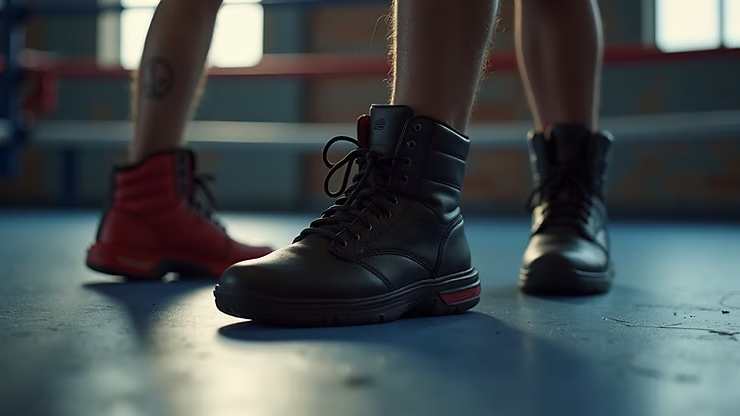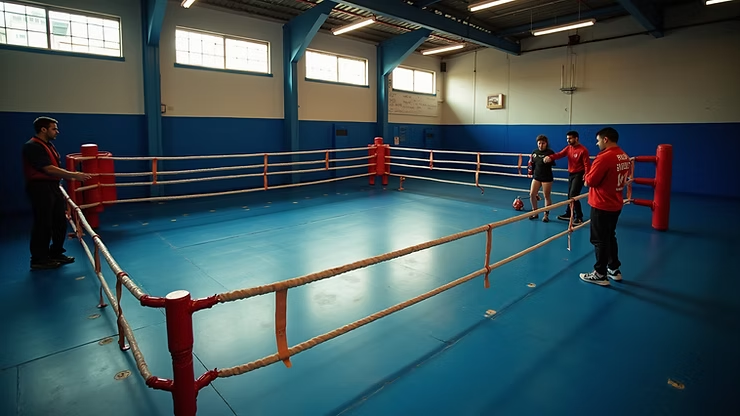Boxing is more than just a sport; it’s an art form that requires skill, strategy, and determination. Whether you’re looking to get in shape, learn self-defense, or compete, mastering fundamental boxing techniques is essential. In this post, we’ll explore some of the key boxing techniques that every aspiring boxer should learn.
Riddick “Big Daddy” Bowe,
2-time Former Heavyweight Boxing Champion of the World

Essential Boxing Techniques
Starting from footwork to punching, there are several essential techniques that form the foundation of boxing. For anyone eager to step into the ring or simply enhance their fitness routine, these techniques will serve you well. Below are fundamental boxing techniques explained in detail.
1. Stance and Footwork
Your stance is the base of your boxing game. A proper boxing stance allows balance, movement, and power generation. Here are the basics:
Stance: Stand with your feet shoulder-width apart. Place your dominant foot slightly behind the other. If you’re right-handed, your left foot should be forward. Keep your hands up to guard your face.
Footwork: Light, quick steps are essential. Move in and out, side to side. Practice pivoting on your toes to change direction swiftly.
Engaging in drills focusing on footwork can significantly improve your agility. Shadow boxing is an excellent way to get accustomed to movement without an opponent.

2. Basic Punches
Once you are comfortable with your stance, it’s time to learn basic punches. There are four main punches every boxer should master:
Jab: A quick, straight punch thrown with your lead hand. It sets up combinations and keeps the opponent at bay.
Cross: A powerful straight punch thrown with your dominant hand. It often follows a jab.
Hook: A punch delivered in an arc, targeting the side of the opponent’s head or body.
Uppercut: An upward punch aimed at the chin, effective when in close range.
Practice these punches on a heavy bag or focus mitts. Consistency and proper technique lead to better power and accuracy.
3. What does 1, 2, 3, 4, 5, 6 mean in boxing?
Understanding the numerical system in boxing can simplify your strategy. Here’s what the numbers refer to:
1: Jab
2: Cross
3: Lead hook
4: Rear hook
5: Lead uppercut
6: Rear uppercut
This numbering helps in communicating combinations quickly. For example, a combination of 1-2-3 means jab, cross, then lead hook. Knowing these will help you establish effective striking patterns in the ring.
4. Defensive Techniques
Equally important as offense is defense. Here are key defensive techniques:
Guard: Keep your hands up to protect your face. Your elbows should stay close to your ribs to guard your body.
Head Movement: Slip, bob, and weave to avoid punches. Practice moving your head to not only evade but also create opportunities for counterattacks.
Blocking: Use your arms to block incoming punches. Position your gloves to deflect strikes.
Incorporate defensive drills into your training to develop reflexes and reaction times.

5. Conditioning and Practice
Boxing requires not only skill but also endurance and strength. To become proficient, you need to focus on conditioning. Here’s how:
Cardiovascular Training: Incorporate running, cycling, or skipping rope into your routine. Aim for at least 30 minutes, several times a week.
Strength Training: Work on overall body strength. Focus on core exercises and compound movements like squats and push-ups.
Sparring: Partnering with a fellow boxer helps apply what you’ve learned in a controlled environment. It builds timing, distance management, and adaptability.
Make sure to track your progress over time to stay motivated and identify areas needing improvement.
6. Putting It All Together
Now that you understand the essential boxing techniques, it’s time to see how they all fit into your training. To truly excel, follow a structured training plan that incorporates all aspects discussed.
Daily Routine: Allocate time for shadow boxing, bag work, footwork drills, and sparring.
Focus on Weaknesses: Identify which techniques need more attention and adjust your training accordingly.
Set Goals: Whether it’s mastering a technique or improving a round count in sparring, set achievable targets to keep you motivated.
If you want to truly excel in boxing, it’s essential to learn boxing techniques properly and practice consistently.
By sticking to this regimen, you’ll foster a solid foundation in boxing and prepare yourself for the challenges ahead.
Take Action
If you’re looking to improve your boxing skills today, it’s time to hit the gym and implement these techniques. Whether you are a beginner or have some experience, focusing on fundamental techniques will yield significant results in your boxing journey.
Boxing is a challenging sport, but with dedication and the right approach, anyone can master it. Keep pushing your limits, and don’t forget to enjoy the process. Remember, every great boxer started as a beginner, so take that first step, train hard, and before you know it, you will be boxing with confidence.
Be sure to visit Riddick Big Daddy Bowe Boxing for more tips and techniques.
